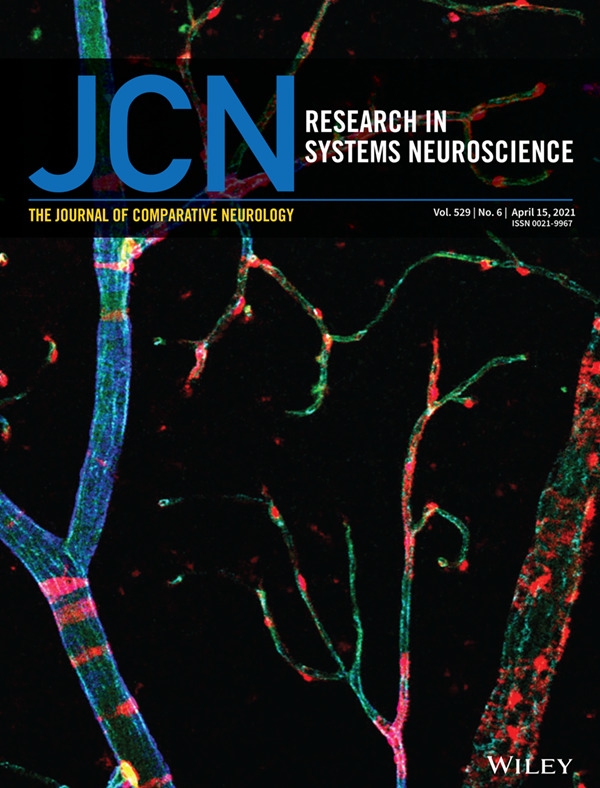You are here
Retina-specific targeting of pericytes reveals structural diversity and enables control of capillary blood flow
Abstract

Pericytes are a unique class of mural cells essential for angiogenesis, maintenance of the vasculature and are key players in microvascular pathology. However, their diversity and specific roles are poorly understood, limiting our insight into vascular physiology and the ability to develop effective therapies. Here, in the mouse retina, a tractable model of the CNS, we evaluated distinct classes of mural cells along the vascular tree for both structural characterization and physiological manipulation of blood flow. To accomplish this, we first tested three inducible mural cell-specific mouse lines using a sensitive Ai14 reporter and tamoxifen application either by a systemic injection, or by local administration in the form of eye drops. The specificity and pattern of cre activation varied significantly across the three lines, under either the PDGFRβ or NG2 promoter (Pdgfrβ-CreRha, Pdgfrβ-CreCsln, Cspg4-Cre). In particular, a mouse line with Cre under the NG2 promoter resulted in sparse TdTomato labeling of mural cells, allowing for an unambiguous characterization of anatomical features of individual sphincter cells and capillary pericytes. Furthermore, in one PDGFRβ line, we found that focal eye drop application of tamoxifen led to an exclusive Cre-activation in pericytes, without affecting arterial mural cells. We then used this approach to boost capillary blood flow by selective expression of Halorhodopsin, a highly precise hyperpolarizing optogenetic actuator. The ability to exclusively target capillary pericytes may prove a precise and potentially powerful tool to treat microcirculation deficits, a common pathology in numerous diseases.





